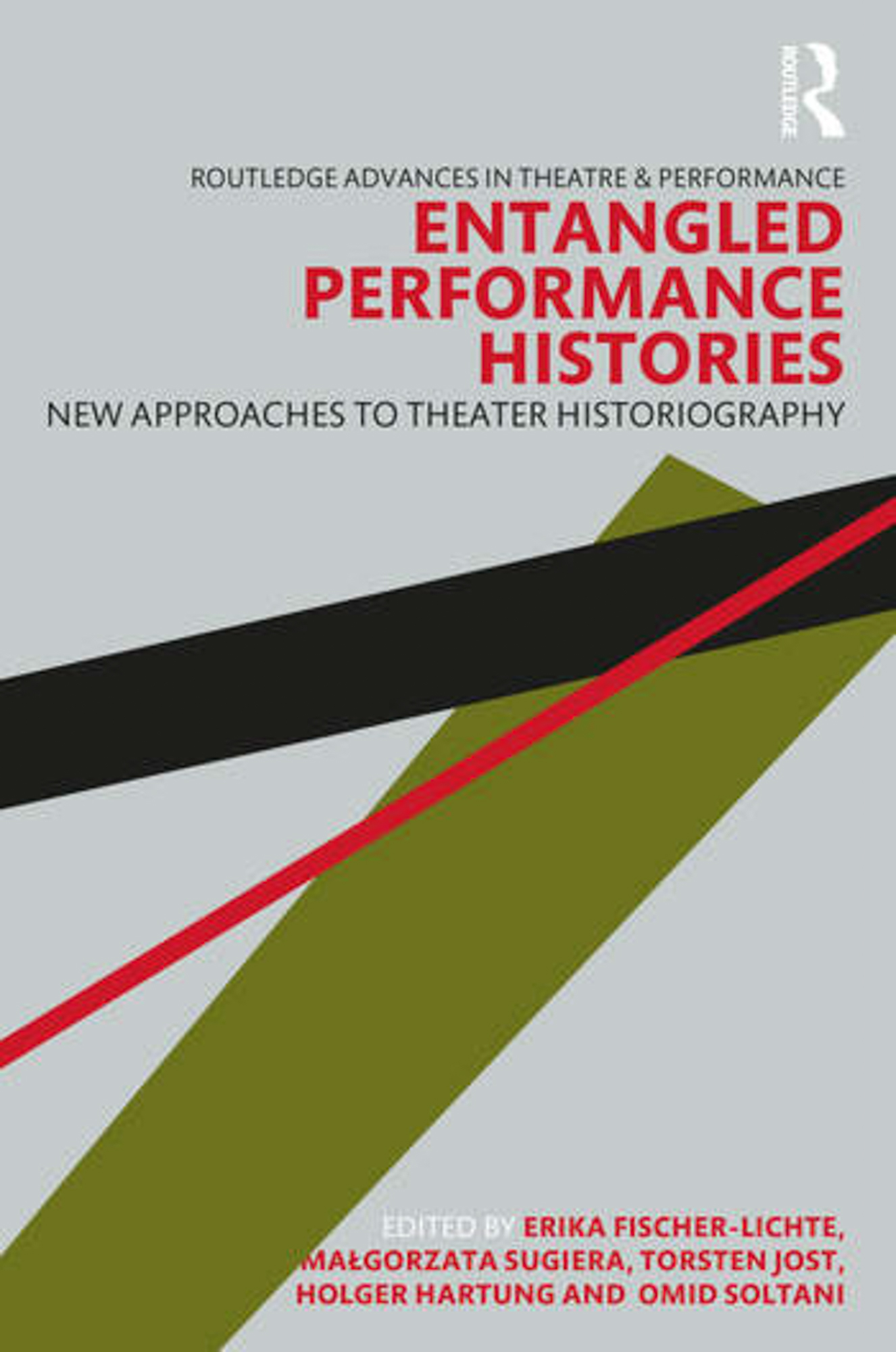“Disentangling Colonial Archives: The Combustible Affair of Ensuring/Insuring Theater Safety in Colonial Singapore” will finally come out this month as a chapter in the collection: “Entangled Performance Histories.”
In April 2020, I was lost in an exciting writing project, oblivious to the world shutting down to a global pandemic. I was back in the deep end of my 19th-century colonial Southeast Asia archive, thinking through materials that didn’t make the cut to my dissertation. Assuming that the quarantine would last only a couple of months, I comforted myself in having a sequestered time alone in trying to flex my limp theatre historian muscle.
What is theatre? was the perennial question that I kept circling back to in this article. This wasn’t a philosophical question. In finding my answers, I ended up, once again, in two unlikely places in the archive, and, once more, I had to think through the mind of the colonizer.
- From the 1883 report of Singapore Municipal Engineer, Thomas Cargill, I uncovered architectural details of six theatres in five different locations: in North Bridge Road, New Bridge Road, Smith Street, North Street, and two on Merchant Road.
- The Municipal Ordinance 1887—a by-law that made provisions for the Regulations of theatres and theatrical performances in Singapore (revised in 1895 and again in 1897) listed what the administration considered “theatre.” In the ordinance, these were: “any stage play, circus, conjuring, dancing, wayang, mayang, mundu, joget, ronggeng, or other operatic or theatrical performance of any sort whatever.”
- Ultimately, I followed the debates on the Municipal Report between 1892 to 1917 on how the official and legal usage of the term theatre is intertwined with the insurance policies of the period. What is now known as the Victoria Theatre in Singapore was not considered a theatre until the turn of the 20th century because the insurance policy that the local government was paying was only that of a Music Hall rate. This, in turn, influenced the performances that were permitted by the Police and Fire Department.
Theatre is an art of risk-taking, but the insurance premium paid for the risks has more to say about what was theatre, and what was not, in colonial Singapore/British Malaya.
There are many other archival “finds” that I am thrilled to share in this article. The book can now be pre-ordered on Routledge’s website. Or email me if you need help accessing my chapter.
